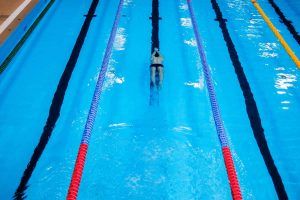
3 Stretches for More Undulation When Underwater Dolphin Kicking
Undulation is key for swimmers looking to improve their underwaters. Here are some stretches for improved range of movement and kicking speed.
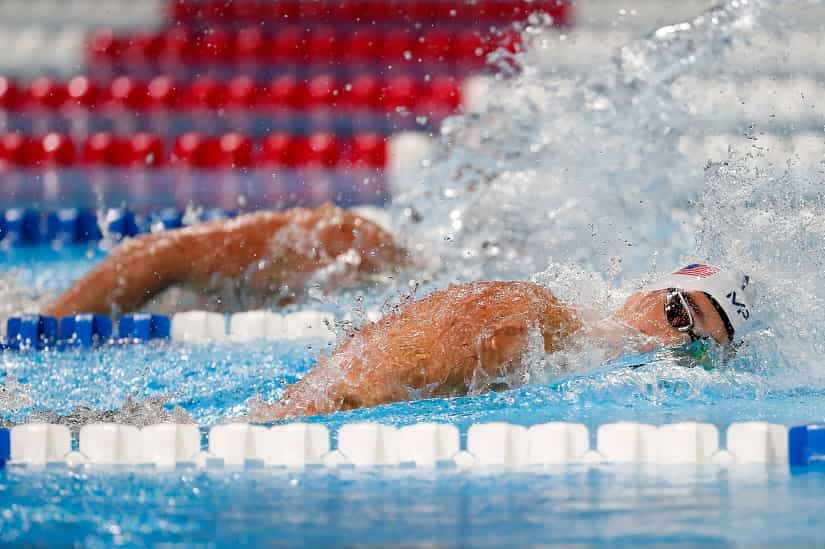
Want to slice some time off your swimming without any additional training? (Um, yessss.) Here are 7 tips for how to do an exceptional swim flip turn.
In the race to get better and faster we are always looking at doing more.
More training at race pace. More sessions in the water. More high tech space fabric for our swimsuits. More large pizzas after practice.
What?
But, as you will see in a little bit, you can produce faster swimming and do a flip turn more efficiently to get better results in the pool with only having to give a little more mental focus while training in the pool.
After all, when you watch your local swimmers go through the motions during their workouts, most of their flip turns are slow, unfocused, and rob them of the speed and velocity that they worked so hard to build up over the course of each length.
Here are 7 ways how to do a flip turn a whole lot faster:
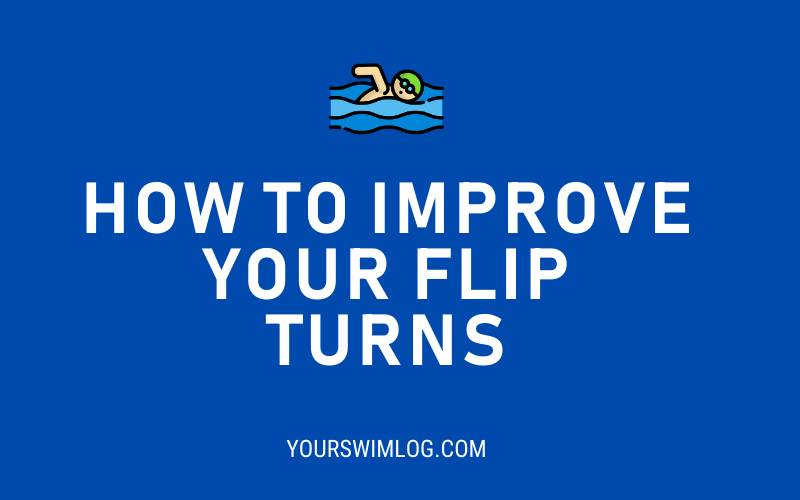
Swimmers have a love-hate relationship with the black line at the bottom of the pool. It’s often our only companion during those long swim workouts.
But it also keeps us from veering absent-mindedly into the other side of the lane (into oncoming swimmers) and with the help of the tiled “T” at the end of each length, helps us line up our turn.
Timing the T takes a lot of practice, and even the greatest swimmer in history, Michael Phelps isn’t immune to the occasional “oopsie” when it comes to hitting the turn properly. At US Nationals in the summer of 2014, Phelps missed the wall in the 100m freestyle.
Recently I detailed an old swim of mine where I visibly and measurably slowed down in the 10m leading into the one turn of a 50m short course race.
How much did the slow down cost me? 0.6 seconds, which is basically a lifetime in a 50.
The reason?
I decelerated into the wall, picking my head up in order to judge how many more strokes I was going to do before turning. Total rookie mistake.
When you are approaching the turn think in terms of acceleration—the more speed you carry going into your flip turn the faster you are going to rotate and explode off of the wall. Attack the wall so that you decelerate less and come out of the turn faster.
“Besides the start, pushing off the wall is the fastest a swimmer will go during a race,” notes Russell Mark, an actual rocket scientist and high-performance consultant for USA Swimming.
Your coach has told you repeatedly the importance of not breathing into the wall. But you never really listened, because really, what difference does it make? And besides, I need me some of that sweet and tasty O2!
But as it turns out, it can make an absolutely huge difference.
Not breathing into your flip turns does a few powerful things, not the least of which is helps you not slow down into the wall (see point above!), helps promote better head placement (see below!), and even helps teach better breathing pattern discipline.
So yeah, listen to your coach once in a while! It will help you turn faster, and also be like, a 12% better-looking person*.
This is probably the most common error I see swimmers make from beginner to experienced—picking your head up to take a nice, long, and semi-loving look at the wall.
Instead, keep your head down and trust your stroke count into the flags to ensure that your feet land squarely and securely so that you can push off with max power.
Every one of your millions and millions of flip turn should be completed with an efficiency of movement: straight in, straight out.
Picking your head up into the wall leads to an over-rotation in both the approach and exit of the flip turn—you go up and over when you initiate the turn (wasted speed and distance), and then end up having to over-compensate for the added rotation when coming out of it, which usually leaves you pointing straight up at the surface.
When I go into the flip turn I imagine my thighs collapsing onto my stomach as my waist bends forcefully. This simple, but perhaps odd form of visualization keeps my rotation tight and fast and means I don’t need to focus too much on getting the feet over, because it is happening naturally.
“When the focus is on getting the heels over, it is not uncommon to see the knees bending too early,” says Mark. He recommends keeping the knees at the surface of the water to cut down on unnecessary resistance.
If you have been properly doing your dryland workouts and hitting those squats (one of my favorite all-time exercises regardless, but an essential strength training exercise for swimmers), this is where that lifting and working out will pay off.
When you push off the wall, use the same technique that you would use to perform a (proper) squat jump.
Your feet should be around shoulder-width, push through the balls of your feet, and keep your feet on the wall only long enough to secure your feet before launching yourself in the opposite direction.
A strong and fast push-off is essential: besides the start, when you push off the wall you are going as fast as you ever will in the water.
Research with competitive swimmers showed that a six-week dryland training program that focused on building core strength improved speed off the walls. Time to 5m increased by 0.1s with the participants in the study, who were national-level swimmers.
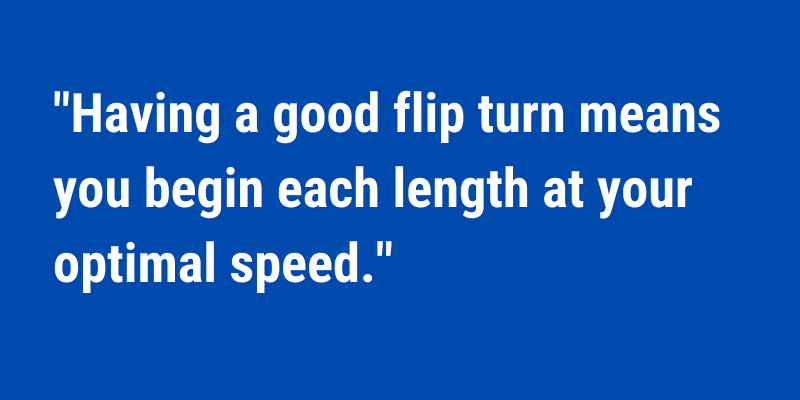
When most swimmers do their flip turn there is a marked pause where they plant their feet, and then raise their arms above their head to push off.
Think of the tenths of a second—yes, that’s what we are hoping for here—that you will save on each turn having your arms above your head when your feet touch the wall. No waiting, no fumbling around under the water to get organized, just a lovely little streamline already in place and ready to push off with.
This one will take practice, and might have to over-ride your current turning habits—but it’s well worth the extra little bit of focus.
Having your arms streamlined above you, ready and waiting, will also encourage you to “hot foot” the flip turns—pushing off quickly and sharply instead of hesitantly planting and replanting the bottom of your feet on the turn.
Bet ya didn’t see that one coming!
I would say the funnest way to improve your flip turn has nothing to do with technique (unless you count sleeping technique—I prefer on my back with a pillow under my elbow to lock my shoulder in place), but rather, how much sleep swimmers get.
Research done with swimmers at Stanford found that swim performance improved across all areas after 6 weeks of sleep extension (the athletes were instructed to get 1-2 hours extra sleep nightly), from reaction times to sprinting speed.
How fast the swimmers turned also improved—on average the swimmers slashed 0.10 seconds off their turn speed. Which might not sound like a lot, but added up over the course of a race (particularly short course!), can add up to something seriously substantial.
Faster turns, faster swimming, and more sleep? Giddyup!
You perform a dizzying amount of flip turns over the course of each week during your swim practices.
How many of them are done at your best? How many of them are performed mindfully and with focus?
Don’t wait for your coach to put on a specialized “starts and turns” session—although who doesn’t like themselves one of those?—and take the lead on leveling up your flip turns the next time you walk out on deck.
After all…
If you put even just a couple of these tips into place you will drop some significant times on your flip turns, which will translate into faster times where it matters most—the clock.
* This is made up. Or is it?
Pro Tip: How to Double the Number of Turns You Do In Practice. Want more work on your flip turns? Here is a way to increase the overall number of opportunities to level up your walls.
Subscribe to the YourSwimLog.com newsletter and get tips and advice on how to swim faster every weekday morning, straight to your inbox.
Join 33,000+ swimmers, coaches, and swim parents learning what it takes to swim like a boss.
Unsubscribe anytime. Email will never be shared or sold.

Olivier Poirier-Leroy Olivier Poirier-Leroy is the founder of YourSwimLog.com. He is an author, former national level swimmer, two-time Olympic Trials qualifier, and swim coach.

Undulation is key for swimmers looking to improve their underwaters. Here are some stretches for improved range of movement and kicking speed.
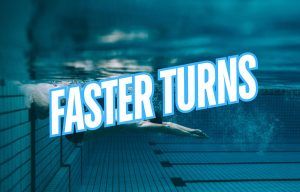
Looking to improve your turns in the pool? Here are some sets, drills, and tips for faster turns and faster swimming.
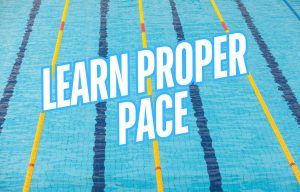
Improve energy efficiency, endurance, and swimming speed with these swim workouts for learning proper pacing.
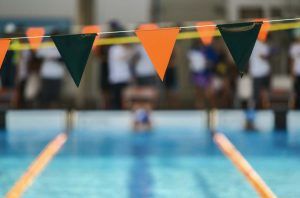
Ready to take your underwaters to the next level? Here are three things swimmers can learn from one of the fastest swimmers and dolphin kickers on the planet.
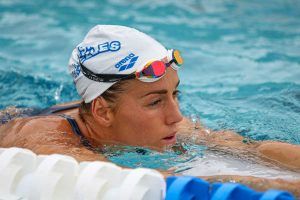
Looking to get more speed from your kick? Add this dryland exercise to your swimming warm-up before your next all-out kick set.
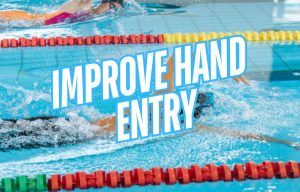
Dive into a perfect freestyle hand entry with our guide to faster, more powerful freestyle swimming.

LANE 6 PUBLISHING © 2012-2024 · PRIVACY POLICY · RETURN POLICY · TERMS OF SERVICE · AFFILIATE DISCLOSURE